Amino Acid Implicated In Risk For Cardiovascular Disease
Amino acid implicated in risk for cardiovascular disease. Epidemiological studies indicate that low protein diets are associated with lower risk of chronic and age-related diseases such as CVDs diabetes and cancer. From a different perspective chlorotyrosine and nitrotyrosine have been implicated as biomarkers for different lung and cardiovascular pathologies and other inflammatory diseases Barnes 2002. However independent of diabetes status amino acids were associated with cardiovascular functions in ageing archived valine p 0011 leucine p0011 archived isoleucine p 00006 archived serine p 0008 archived glycine p 0006 methionine p 0003 which were associated with impairments in EA ratio.
Both glutathione and homocysteine are affected by abnormalities in sulfur amino acid metabolism that. Hyperhomocysteinemia which is correlated with lower HDL cholesterol in blood in volunteers and animal models has been associated with an increased risk for cardiovascular diseases. Glutathione which plays an important role in intracellular antioxidantfree radical defenses.
Amino acid l-arginine or simply arginine is a type of α-amino acid that is being used for protein biosynthesis. Homocysteine has been recognized as a risk factor for cardiovascular disease although controversial and is derived from methionine a sulfur containing essential amino acid. Many of the effects of dietary restriction DR on longevity and health span in model organisms have been linked to reduced protein and amino acid AA intake and the stimulation of specific nutrient signaling pathways.
Elevated plasma levels of low density lipoprotein LDL and low levels of high density lipoprotein HDL poses a major risk of development of cardiovascular diseases Grundy et al 1999. Homocysteine is an amino acid obtained by demethylation of dietary methionine. 1969 a connection between homocysteine a sulfur-containing amino acid and cardiovascular disease was proposed when it was observed that people with a rare hereditary condition called homocystinuria are prone to develop severe cardiovascular disease in their teens and twenties.
For instance studies have found intriguing associations between branched-chain amino acids BCAAs and cardiometabolic risk 2 with increased concentrations of circulating BCAAs in coronary artery disease patients compared with control subjects 3 and increased BCAAs predicting risk of future diabetes 4 5. Homocysteine also inhibits NO synthesis by post-translational inhibition of dimethylarginine dimethylaminohydrolase DDAH enzyme activity causing accumulation of ADMA 22. Dysfunction of the autonomic nervous system has been implicated in the pathogenesis of cardiovascular disease including congestive heart failure and cardiac arrhythmias.
A dietary intake of saturated fat and a sedentary lifestyle has been associated with about 31 of coronary heart disease and 11 of stroke in humans. Homocysteine predicts cardiovascular events in ESRD but evidence that this sulfur amino acid is directly implicated in the high cardiovascular mortality of uremic patients is still lacking. High concentrations of this amino acid in the blood known as hyperhomocysteinemia are.
The researchers found that higher sulfur amino acid intake was associated with a higher composite cardiometabolic risk score after accounting for. Branched chain amino acid levels in the blood stream help predict future risk of cardiovascular disease and LDL cholesterol reports study.
Hyperhomocysteinemia which is correlated with lower HDL cholesterol in blood in volunteers and animal models has been associated with an increased risk for cardiovascular diseases.
In humans the relation between methionine intake and hyperhomocysteinemia is dependent on vitamin status vitamins B-6 and B-12 and folic acid and on the supply of other amino acids. It includes the α-amino group as well as α-carboxylic acid group as well as a side chain composed of straight-chain 3-carbon aliphatic which ends in the guanidino group. From a different perspective chlorotyrosine and nitrotyrosine have been implicated as biomarkers for different lung and cardiovascular pathologies and other inflammatory diseases Barnes 2002. The organism maintains defense against ROS including enzymes and low molecular-weight antioxidants. Elevated plasma levels of low density lipoprotein LDL and low levels of high density lipoprotein HDL poses a major risk of development of cardiovascular diseases Grundy et al 1999. Amino acid l-arginine or simply arginine is a type of α-amino acid that is being used for protein biosynthesis. For instance studies have found intriguing associations between branched-chain amino acids BCAAs and cardiometabolic risk 2 with increased concentrations of circulating BCAAs in coronary artery disease patients compared with control subjects 3 and increased BCAAs predicting risk of future diabetes 4 5. Homocysteine has been recognized as a risk factor for cardiovascular disease although controversial and is derived from methionine a sulfur containing essential amino acid. Dysfunction of the autonomic nervous system has been implicated in the pathogenesis of cardiovascular disease including congestive heart failure and cardiac arrhythmias.
Homocysteine is a non-protein-bound sulfur amino acid strongly implicated in the pathogenesis of several diseases. High concentrations of this amino acid in the blood known as hyperhomocysteinemia are. A dietary intake of saturated fat and a sedentary lifestyle has been associated with about 31 of coronary heart disease and 11 of stroke in humans. In humans the relation between methionine intake and hyperhomocysteinemia is dependent on vitamin status vitamins B-6 and B-12 and folic acid and on the supply of other amino acids. 1969 a connection between homocysteine a sulfur-containing amino acid and cardiovascular disease was proposed when it was observed that people with a rare hereditary condition called homocystinuria are prone to develop severe cardiovascular disease in their teens and twenties. Elevated plasma levels of low density lipoprotein LDL and low levels of high density lipoprotein HDL poses a major risk of development of cardiovascular diseases Grundy et al 1999. Dysfunction of the autonomic nervous system has been implicated in the pathogenesis of cardiovascular disease including congestive heart failure and cardiac arrhythmias.
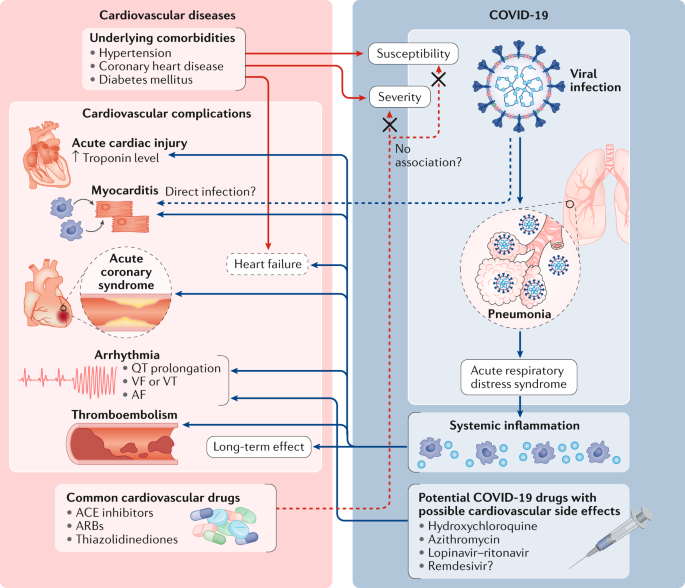
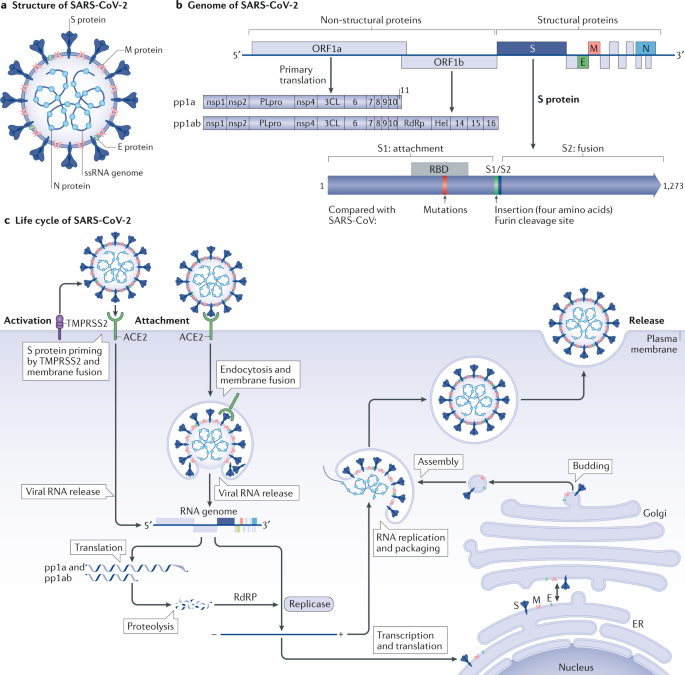


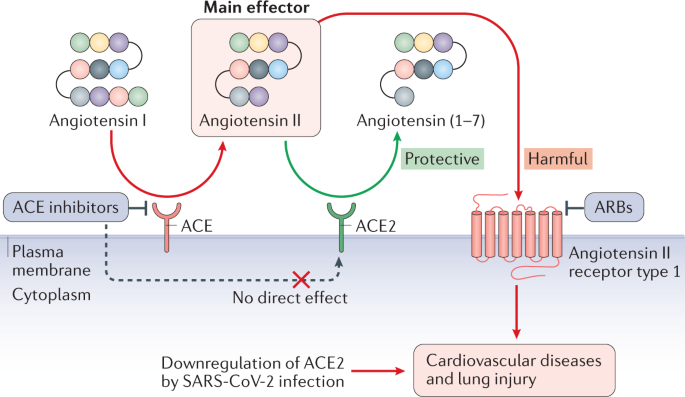





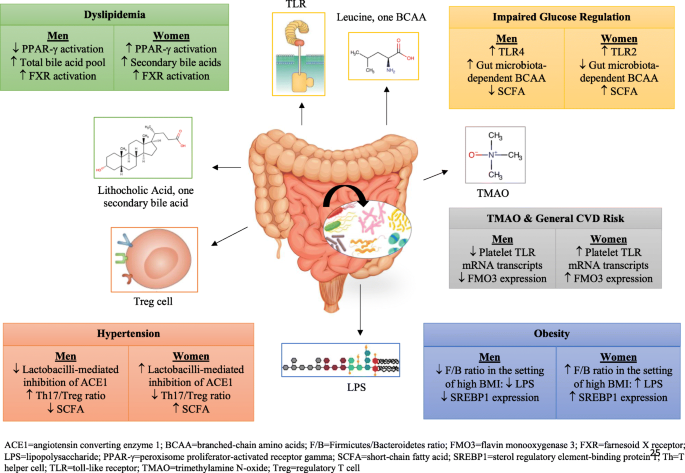



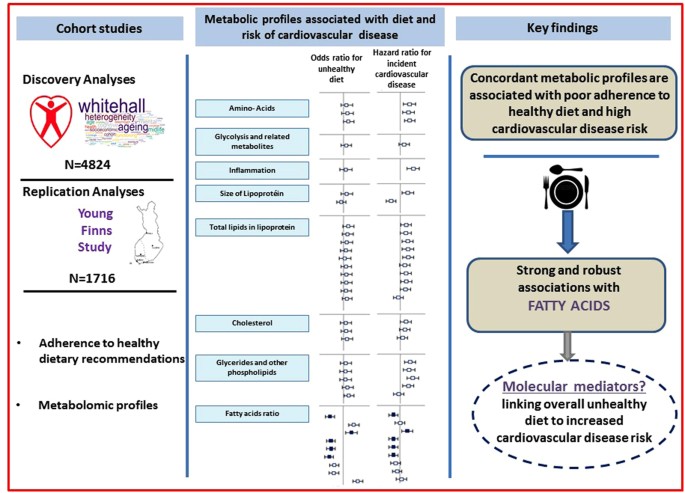


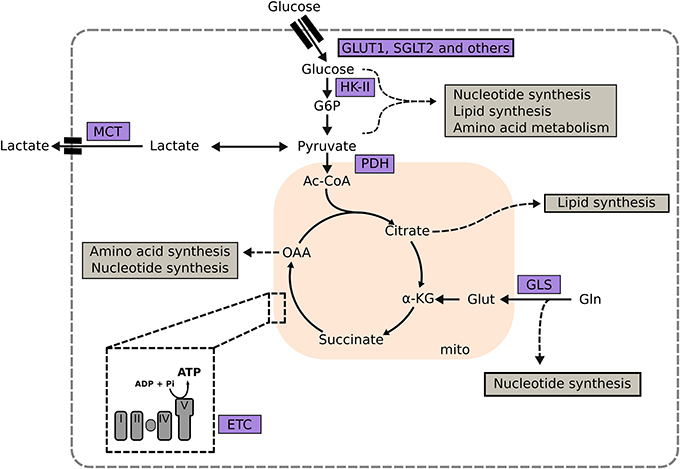





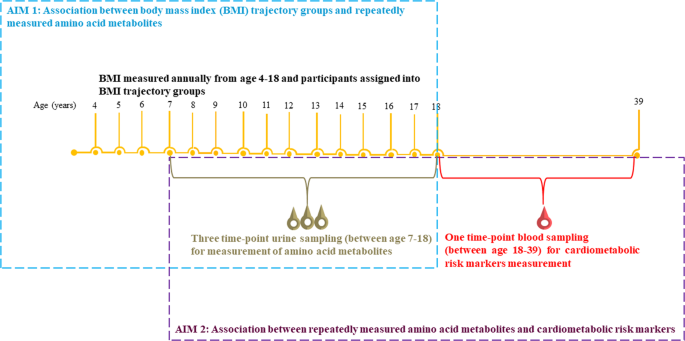















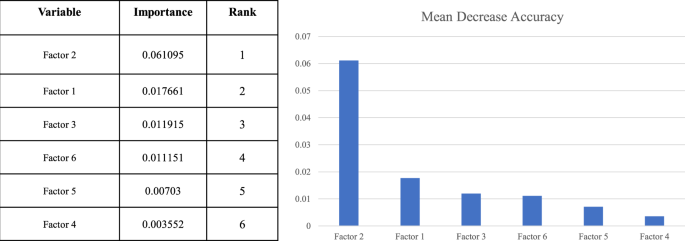









Post a Comment for "Amino Acid Implicated In Risk For Cardiovascular Disease"